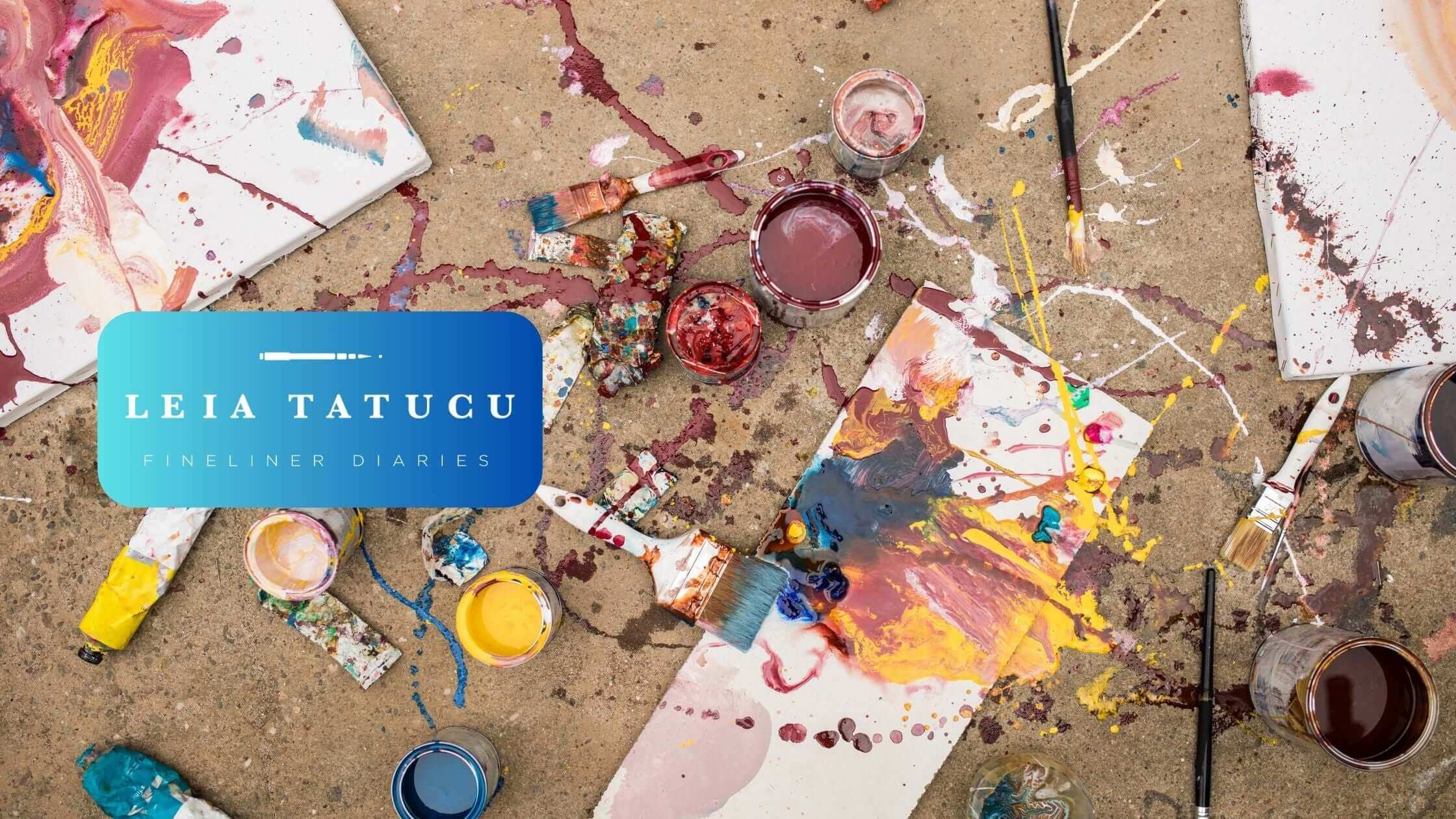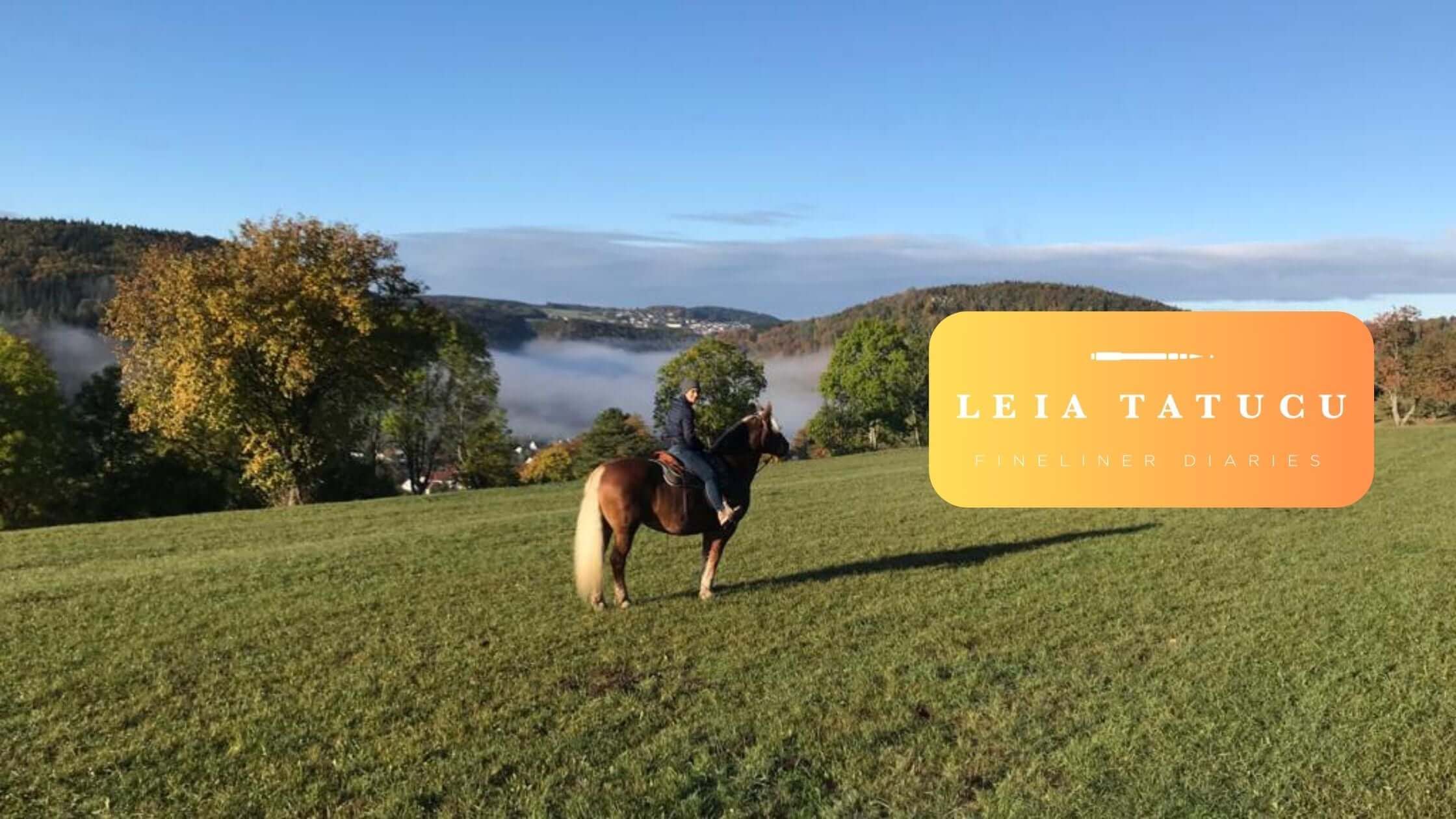
Mastering the Art of Visual Storytelling: Tips for Artists and Media Creators
Stories are the essence of human experience. They enable us to understand the world, build connections, and convey our deepest emotions. Everywhere we turn, stories are present; they are how we learn, enjoy, and express ourselves. By listening to others' stories and sharing our own, we engage in a fundamental human practice. In today's world of art and media, storytelling has evolved into a powerful medium—visual storytelling. Let's delve into the beauty of stories and why they captivate us so deeply.
The Importance of Storytelling in Visual Media
Visual storytelling is more than just creating beautiful images; it's about conveying narratives that resonate emotionally with the audience. Whether you're an art collector seeking pieces that tell a story, a creative enthusiast wanting to understand the process, or an artist aiming to enhance your craft, mastering visual storytelling can elevate your appreciation and creation of art.
Whether we realize it or not, our art always tells a story. I often draw inspiration from books I read or everyday topics I reflect upon. When I began drawing a few years ago, I wasn't fully aware of the narratives emerging in my creations. Over time, this changed. My creative journey became more intentional, and I developed a deeper awareness of the stories I need and wish to convey through my art.
Let's begin by exploring the fundamentals of visual storytelling before delving into the techniques employed by artists. I hope this blog offers you a thorough understanding of crafting captivating and inspiring visual stories, helping you to better tell the tales that matter most to you.

The Fundamentals of Visual Storytelling
Setting the Scene
Every great visual story starts with a setting that provides context and atmosphere. The setting can be a physical location, a time period, or even an abstract space that conveys a specific mood. It grounds the narrative and helps viewers immerse themselves in the story.
I frequently choose vibrant, cheerful colors to set the scene for the stories I want to tell. I'm a huge fan of light and its effects, and I love using them to convey a positive message in the background.
Developing Characters
Characters are the heart of any narrative. In visual storytelling, characters can be people, animals, objects, or even abstract shapes that embody human traits. They drive the plot and evoke empathy from the audience. Well-developed characters add depth and relatability to your visual story.
I strongly believe in the power of symbols to enrich a visual narrative on a profound level. This belief inevitably shapes the final appearance of the main characters I choose for my works. Just as in life, pausing to observe and reflect often reveals deeper meanings and the full message at hand.
Crafting the Plot
The plot is the sequence of events that unfold in your visual narrative. It includes conflict, climax, and resolution, guiding the viewer through an emotional journey. A strong plot keeps the audience engaged and invested in the outcome of the story.
The composition of my piece is my method of shaping the narrative. Where do I want to direct the viewer's attention? What background elements will enhance the story? What overall feeling do I hope viewers will carry with them?

Exploring Themes
Themes are the underlying messages or concepts that give meaning to your visual story. They can be universal topics like love, loss, or identity, or more specific issues relevant to contemporary society. Themes add layers of significance and provoke thought and reflection.
Most of my work reveals my enduring optimism. I try to consciously focus on the positive aspects of life, striving to grow wiser in choosing my battles and managing my reactions to unchangeable circumstances. We all face darker moments, and sometimes it’s hard to maintain happy thoughts. However, art serves as a powerful catalyst for coping with negativity. Occasionally, exploring darker themes is simply necessary for balance.
Techniques for Crafting Effective Visual Stories
Framing Your Narrative
Framing involves deciding what to include within the boundaries of your artwork and how to position elements to guide the viewer's eye. It sets the focus and perspective, emphasizing important aspects of the narrative.
Pacing and Composition
Pacing refers to the rhythm and flow of the visual story. In static artwork, it can be represented through the arrangement and interaction of elements. In sequential art, like comics or animations, pacing is crucial for controlling the timing and progression of the narrative.
The Use of Light and Color
Light and color are powerful tools in visual storytelling. They create mood, highlight focal points, and convey emotions. Warm colors like reds and yellows can evoke energy and passion, while cool colors like blues and greens can suggest calmness and introspection. Lighting can also influence the perception of space and depth.

Case Studies and Some of My Favorite Visual Narratives
Van Gogh’s “Starry Night”
Vincent van Gogh’s “Starry Night” is a notable work of visual storytelling. The painting features a swirling night sky, vibrant stars, and a tranquil village below, creating a dynamic contrast that evokes both chaos and peace. The rich textures and bold colors reflect Van Gogh’s emotional turmoil and his deep connection to nature.
Frida Kahlo’s Self-Portraits
Frida Kahlo's self-portraits offer personal narratives that delve into themes of identity, pain, and resilience. In "The Two Fridas," she uses symbolism and duality to illustrate her inner conflicts and the contrasting aspects of her personality. Her vivid colors and meticulous details invite viewers into her intricate world.
Hokusai’s “The Great Wave off Kanagawa”
Katsushika Hokusai’s “The Great Wave off Kanagawa” is a striking example of visual storytelling through composition and movement. The towering wave, poised to crash over the boats, creates a sense of impending doom and the power of nature. The meticulous lines and harmonious color palette enhance the dramatic impact of the scene.
Tools and Platforms for Sharing Visual Stories
Digital Platforms
In the digital age, artists have access to numerous platforms to share their visual stories. Instagram, Pinterest, and Behance are popular choices for showcasing artwork and reaching a global audience. These platforms allow artists to create visually appealing portfolios and engage with a community of art enthusiasts.
Art Software and Apps
There are various software and apps that can aid in creating and sharing visual narratives. Adobe Creative Suite offers powerful tools for digital illustration, animation, and photo editing. Procreate and Clip Studio Paint are excellent apps for digital drawing and painting. These tools provide flexibility and precision for bringing your visual stories to life.
Online Galleries and Marketplaces
Online galleries and marketplaces like Saatchi Art, Artsy, and Etsy provide artists with opportunities to sell their work and connect with potential buyers. These platforms offer exposure and facilitate transactions, making it easier for artists to monetize their visual storytelling skills.
The Impact and Future of Visual Storytelling
Current Impact
Visual storytelling plays a pivotal role in the art and creative industries. It enhances communication, fosters emotional connections, and drives engagement by presenting information in a way that is easily digestible and memorable. Brands and marketers employ visual narratives to craft compelling stories that resonate with their audiences, using elements like imagery, video, and infographics to convey their messages more powerfully. In education, visual storytelling aids in effective learning and retention of information by breaking down complex concepts into simpler, visual forms, making it easier for students to understand and remember. Moreover, visual storytelling can bridge language barriers, making content accessible to a broader audience. Whether in advertising, teaching, or content creation, the power of visual storytelling cannot be underestimated.
Predictions for the Future
The future of visual storytelling is looking exceptionally bright, thanks to rapid advancements in technology and shifting consumer preferences. Virtual reality (VR) and augmented reality (AR) are poised to transform our experience of visual narratives, offering immersive and interactive storytelling that transports audiences to entirely new worlds. These technologies enable viewers to become active participants in the story, blurring the lines between reality and fiction. Additionally, AI-powered tools will significantly enhance the creative process, allowing artists to expand the boundaries of their imagination. With AI's ability to analyze vast amounts of data and generate content, creators will be able to experiment with new styles, streamline production, and produce more personalized and engaging stories. As a result, we can expect a new era of visual storytelling that is more dynamic, diverse, and captivating than ever before.
We are living in an exhilarating era marked by the rise of new artistic mediums—digital drawing, augmented reality (AR), and virtual reality (VR). My aspiration is that we learn to navigate and integrate these mediums seamlessly, without losing sight of the intrinsic value of creating art for ourselves. As artists, we must recognize the profound difference between merely "generating content" and authentically sharing our stories with our audience through our unique styles.

Bringing it All Together
Visual storytelling is a vital asset for artists, collectors, and creative enthusiasts alike. By grasping its core principles, mastering a range of techniques, and utilizing digital platforms, you can craft and share compelling visual narratives that captivate and inspire. Whether you're an artist aiming to refine your craft or a collector seeking meaningful art, I hope this blog post offers you valuable insights and guidance.
Visual storytelling involves more than just creating beautiful images; it's about conveying a message, evoking emotions, and connecting with your audience on a deeper level. From understanding composition and color theory to leveraging the latest digital tools and social media platforms, there are countless ways to enhance your storytelling abilities.
For artists, this means continually honing your skills and exploring new mediums and styles. For collectors, it means learning to appreciate the stories behind the art and recognizing the power of a well-told visual narrative.
Embrace and harness the power of visual storytelling. Dive into the world of visual narratives and discover how to make your stories not just seen but felt.
Happy storytelling!




Leave a comment
This site is protected by hCaptcha and the hCaptcha Privacy Policy and Terms of Service apply.